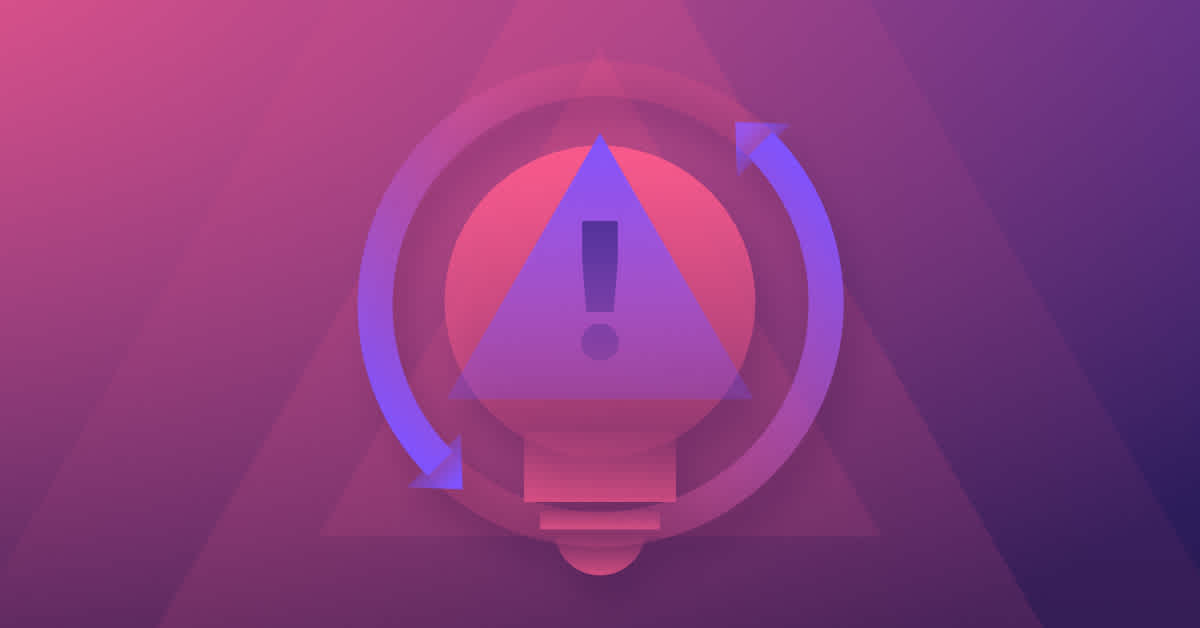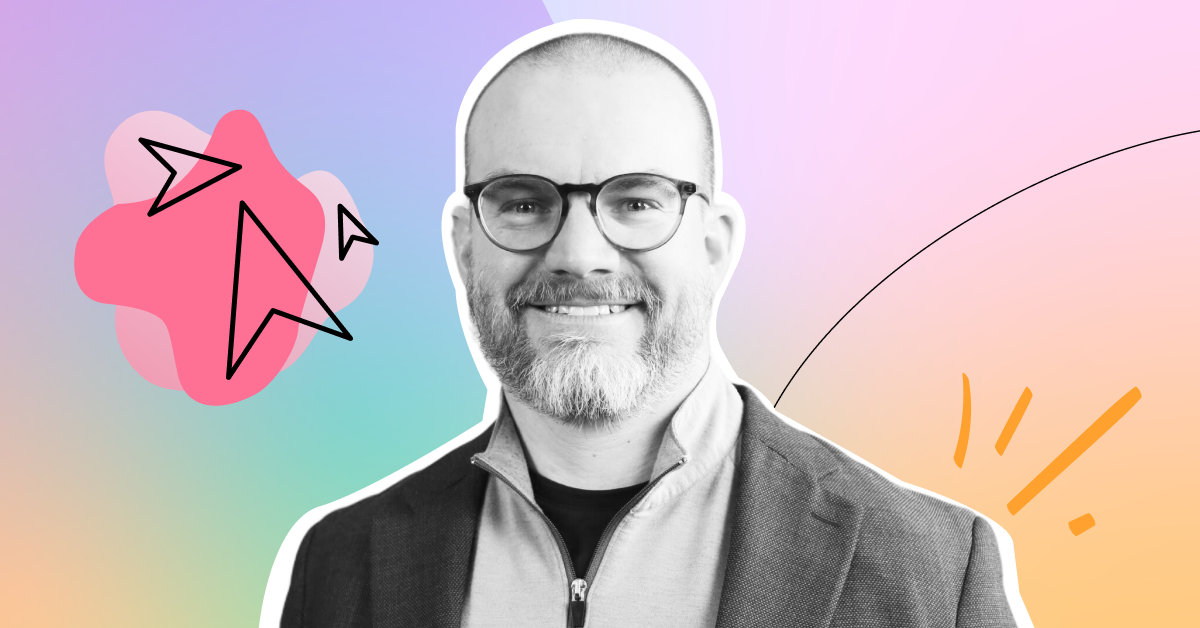Even products from the biggest organizations can fall short, solving the wrong problem at the wrong time for the wrong user. In many cases, the issue comes down to lack of de-risking—or building a mindset for understanding and addressing risks—during the discovery phase.
I shared some of my experience de-risking product ideas and some strategies and tactics to get to delivery faster in a recent session at Product Led Summit in Las Vegas.
Here are some of the topics I covered.
Use these 4 strategies to get to product delivery faster
Setting the stage
I've spent a lot of my career thinking about all the things that can go wrong—there are significant consequences of not properly addressing risk, including:
Cost to your business, headcounts, or budget
Status in the market—are you going to be losing to competitors or lagging behind?
Not advocating for the time and resources to properly conduct discovery
But it can be difficult to strike a balance. You don’t want to go looking for too much risk. It's important to understand as humans that we’re naturally inclined to shift our focus to the next problem—it’s why most of us have trouble remembering our accomplishments or wins from last week or last month (but not our mistakes).
Defining and understanding types of risk
Considering what types of risks need to be addressed and who is directly responsible for owning the outcome of those risks can be a tall order.
I find Marty Cagan of Silicon Valley Product Group’s Four Big Risks to be a great way to identify possible pitfalls. They’re classics for a reason:
Value risk: Will your customers buy it or will your users choose to use it?
Usability risk: Can your users figure out how to use it? Can they figure out how to navigate it?
Feasibility risk: Is it possible to build this with the times, tools, and technologies available?
Business viability risk: Is this going to work with the other various aspects of your business?
Learn to prioritize
When it comes to prioritizing risks, I like Jeff Bezos’s type one versus type two decisions:
Type one decisions are one-way doors, or decisions that are consequential and nearly irreversible. Examples of these might be developing a data model that all your analytics will be based on or designing your publicAPI.
Type two decisions are changeable or reversible decisions in which you don't actually have to live with the consequences.
It’s important to realize that most of the decisions we make are type two. As a product expert, you might not need to be the owner or the one that makes the decision, but you may be responsible for that speed of decision making.
When it comes to the decision-making process, I follow this framework. Risks should be addressed in one of these four ways: plan, punt, evaluate, or generate. For example, if something is known and critical, plan to address that risk. If something's known and non-critical, then feel free to punt it.
And it's also important that you work collaboratively as much as possible. What I've seen a lot of is in the beginning stages, the product and design folks own the user experience and figure out what should be built. But by the time it makes its way to engineering, you’ll run into the issue that “Hey, this isn't actually going to be possible.” That’s why collaboration over waterfalls is important during discovery.
Create a culture of prevention
One specific de-risking strategy that doesn’t get enough attention is preventing the issue in the first place—as an organization, you need to foster a culture of problem prevention.
Let’s say your organization has a bunch of support tickets coming in that are always around the same issue. Rather than addressing the core of that problem, you might develop a process in which someone on call deals with the issue every time it comes up.
That person who manages the fix is painted as the savior and critical to your organization. But what you actually need is problem prevention—something that could have prevented this from being an issue in the first place.




